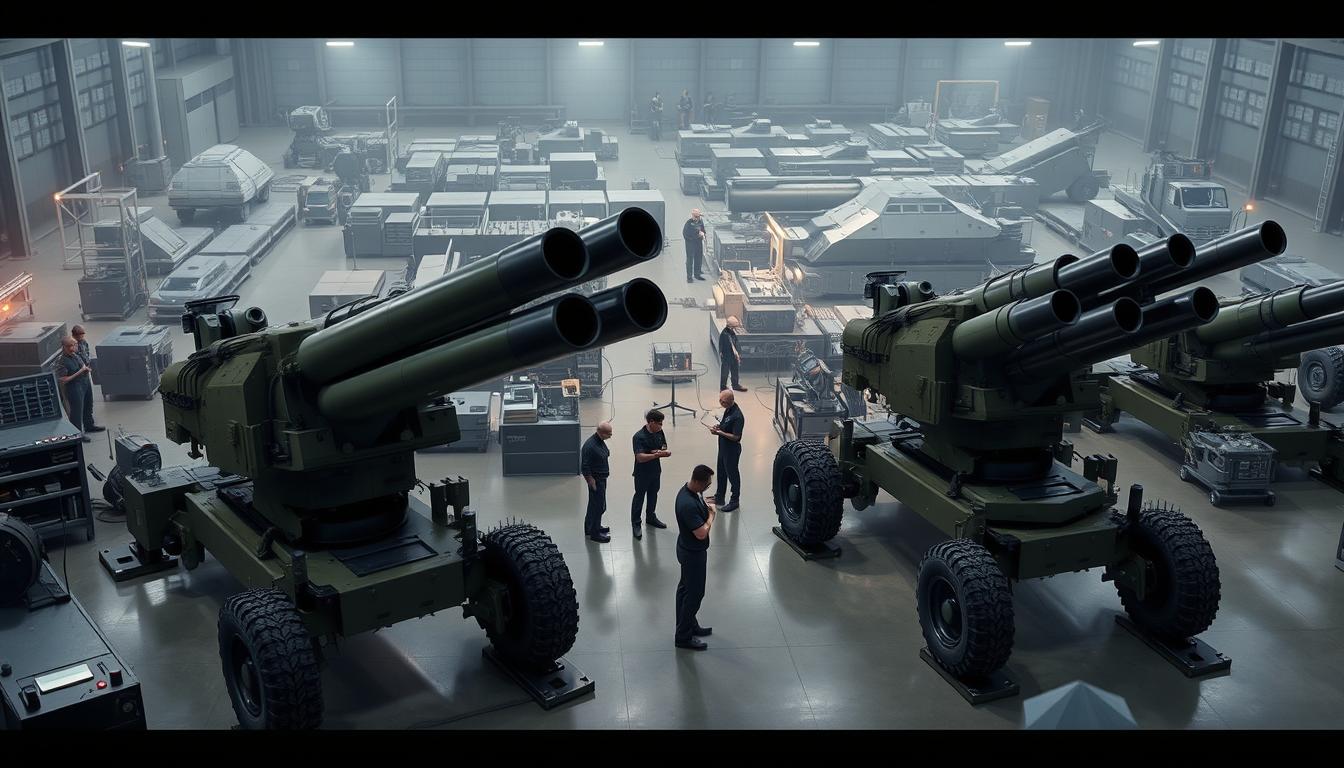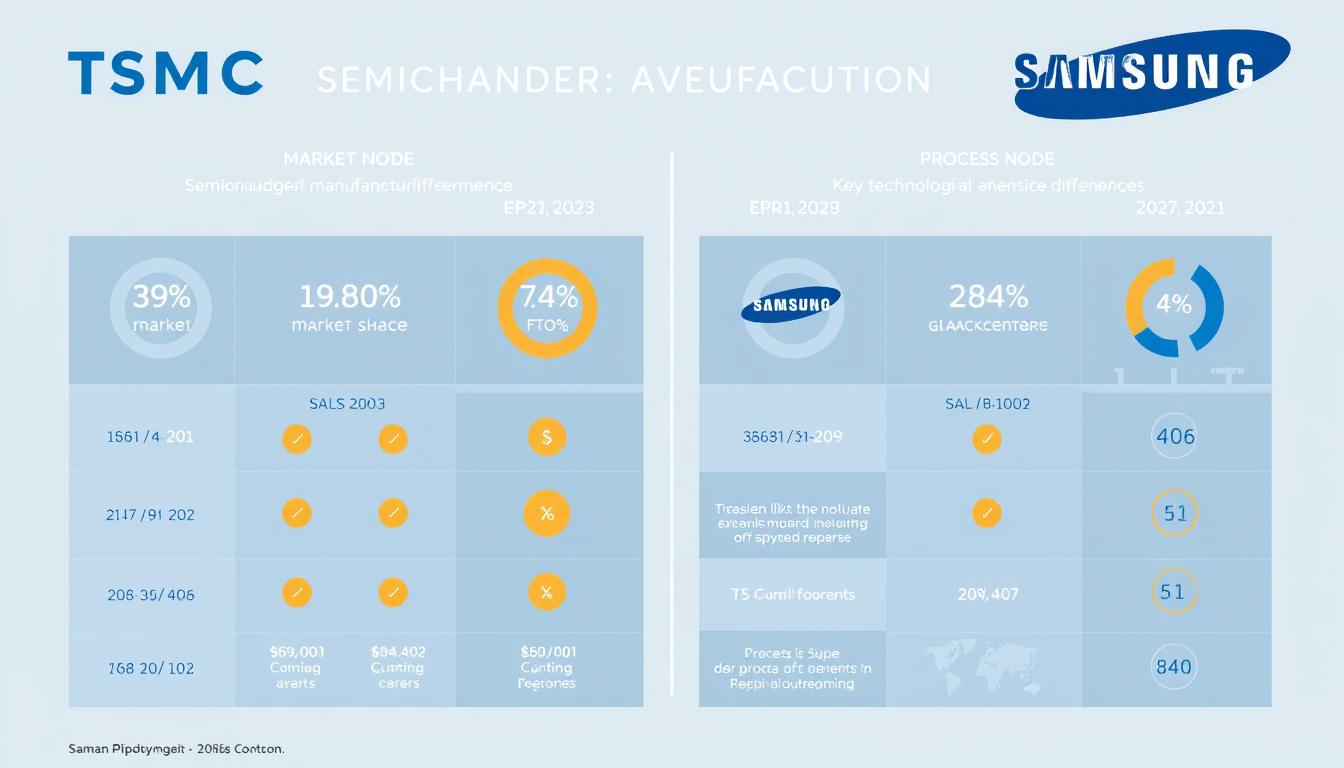In an era where military readiness shapes global stability, two defense giants have forged a partnership rewriting the rules of artillery innovation. A recent $130 million contract underscores this collaboration, merging cutting-edge engineering with strategic defense priorities.
The alliance focuses on advanced 155mm modular charge systems – critical components for high-precision weapon platforms. These charges enable faster reload times and greater operational flexibility, directly impacting battlefield effectiveness. Automated loading mechanisms and temperature-resistant designs demonstrate the technical sophistication driving this project.
This cooperation reflects broader trends in defense manufacturing. Nations increasingly prioritize interoperability and supply chain resilience, with partnerships like this one strengthening international security frameworks. The integration of such systems into military operations highlights their role in deterrence strategies and rapid-response capabilities.
Key Takeaways
- $130 million contract reinforces Korea-UK defense collaboration
- 155mm modular charges enhance artillery range and reliability
- Automated loading systems reduce crew exposure in combat zones
- Joint ventures accelerate technological advancements in military hardware
- Modern artillery directly impacts national security preparedness
Introduction and Background
The shift from traditional warfare to tech-driven combat has redefined defense priorities worldwide. Modern battlefields demand weapons that outrange adversaries while maintaining pinpoint accuracy. This evolution drives militaries to seek solutions blending firepower with digital integration.
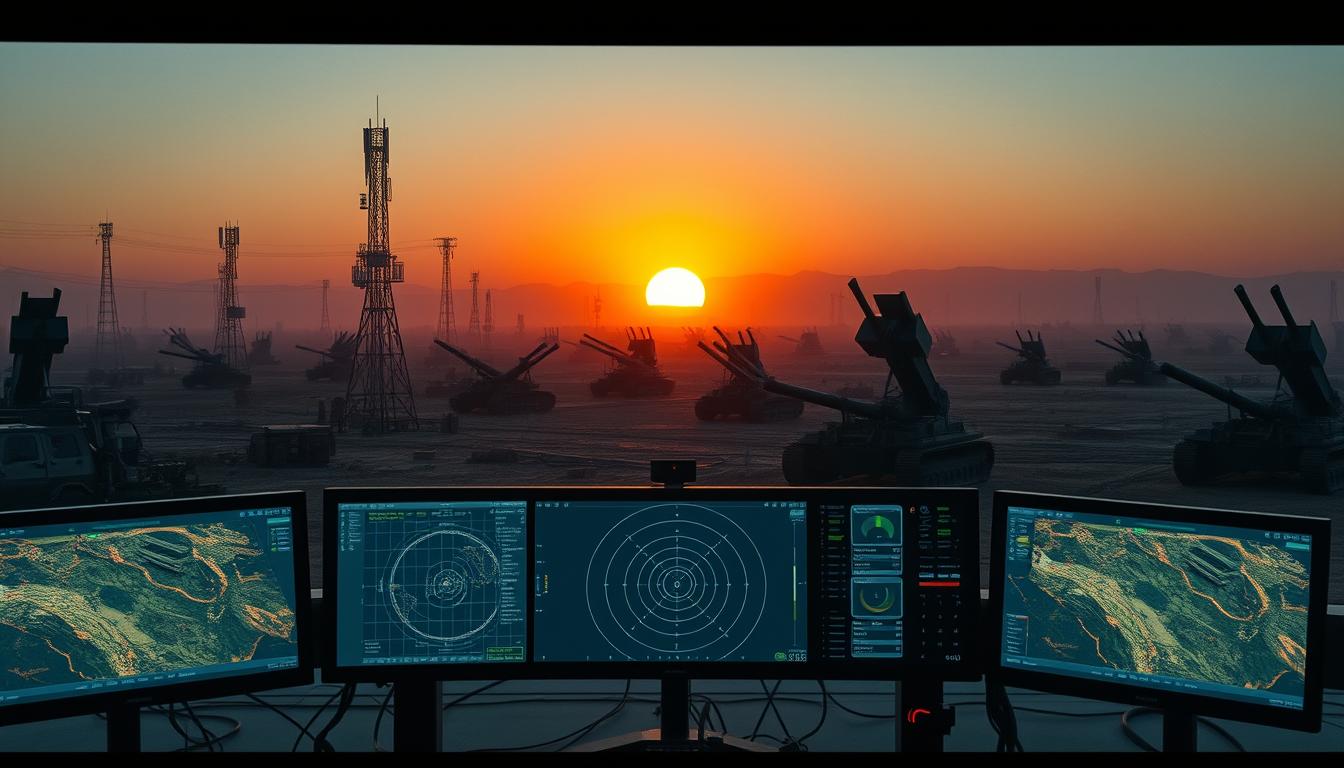
Context of Modern Warfare and Defense Innovation
Geopolitical instability has accelerated the need for adaptable military hardware. Nations now prioritize equipment offering multi-domain dominance – the ability to strike targets across land, sea, and air with coordinated precision. Recent conflicts demonstrate how artillery range directly influences territorial control.
Digital fire control networks exemplify this transformation. These systems synchronize targeting data across platforms, reducing decision cycles from minutes to seconds. “The artillery piece is no longer standalone – it’s a node in a battlefield internet,” notes a Pentagon technology advisor.
Significance of Long-Range Artillery Systems
Extended-range capabilities provide strategic advantages by keeping crews outside enemy counterfire zones. Modern 155mm howitzers now achieve distances once reserved for missiles, offering cost-effective deterrence. Advanced propellants and barrel designs enable these leaps while maintaining compatibility with existing logistics chains.
Versatility remains critical. Modular charge systems allow rapid adjustments between maximum range and reduced signature missions. This flexibility ensures forces maintain tactical surprise – a decisive factor in contemporary asymmetric conflicts.
Collaboration Between BAE Systems and Hanwha Aerospace
Global defense alliances are reshaping how nations approach battlefield superiority. Two industry pioneers have combined resources to address evolving combat needs through shared technical capabilities. Their partnership demonstrates how cross-border cooperation accelerates innovation in critical military equipment.
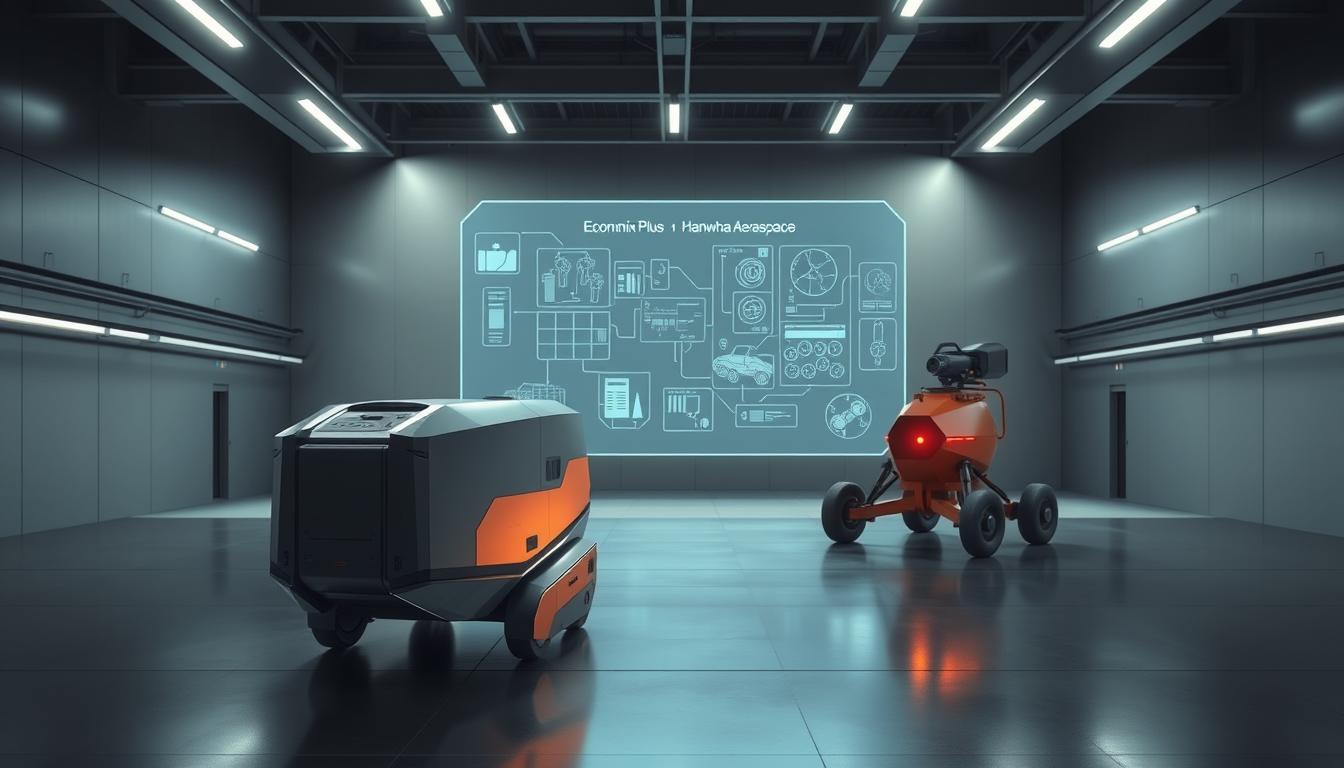
Foundations of Strategic Alignment
The alliance traces its roots to complementary strengths in munitions development and platform integration. For over a decade, these organizations have jointly addressed emerging battlefield requirements through coordinated research initiatives. Shared objectives focus on creating interoperable solutions that meet NATO standardization benchmarks while reducing logistical complexities.
| Partnership Aspect | Historical Focus | Current Priority |
|---|---|---|
| Technological Integration | Joint R&D programs | Modular charge standardization |
| Production Capabilities | Knowledge transfer | Automated manufacturing |
| Strategic Objectives | Regional security | Global interoperability |
Milestones in Joint Development
A recent $130 million contract highlights progress in fielding advanced 155mm systems. These modular charges demonstrate temperature resilience across extreme climates, ensuring reliable performance from Arctic tundra to desert environments. Production enhancements enable faster delivery timelines while maintaining rigorous quality controls.
The collaboration’s success stems from merging specialized expertise in propellant chemistry and automated loading mechanisms. This synergy creates solutions that outperform traditional artillery components in both range and deployment speed. Military analysts note such partnerships are becoming essential for maintaining technological parity with near-peer adversaries.
BAE Systems and Hanwha who succeeds in producing long-range artillery systems
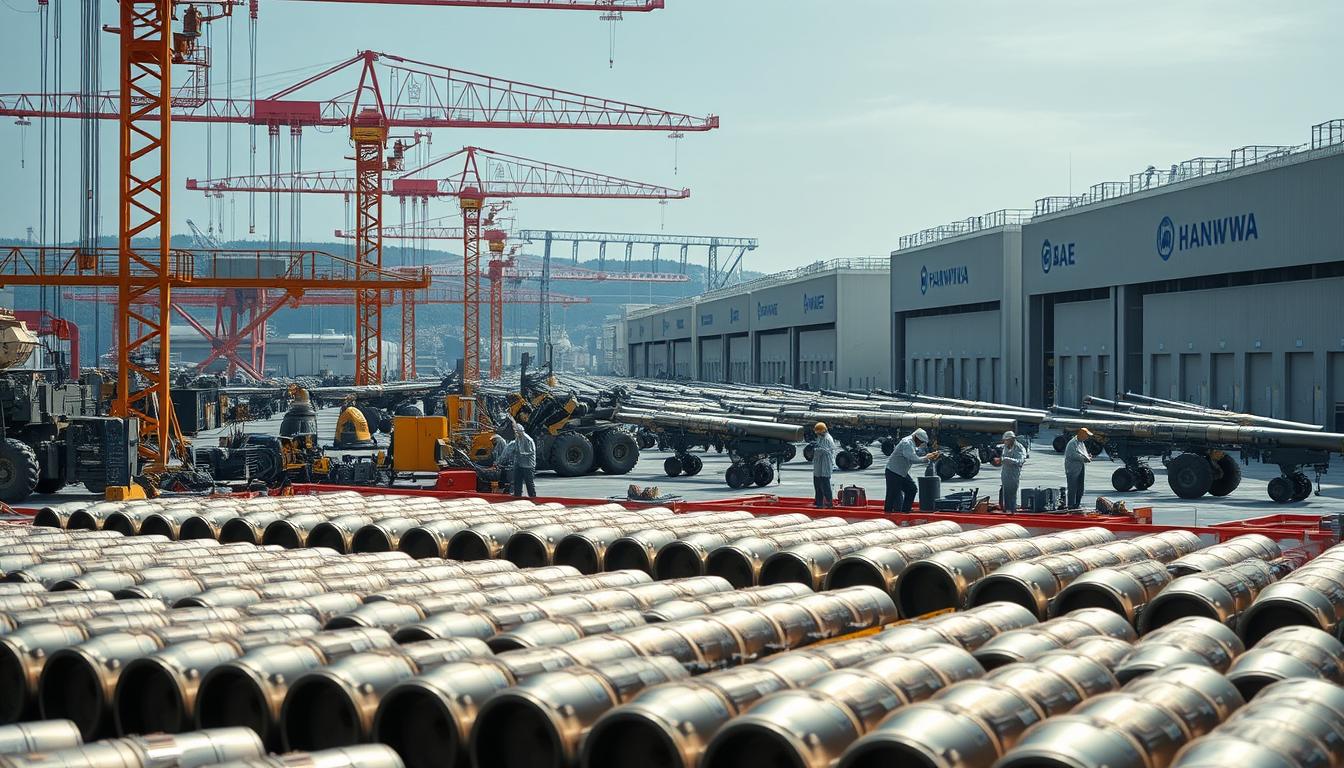
Cutting-edge manufacturing processes form the backbone of modern munitions development. The HW70 and HW50 bi-modular charges exemplify this precision engineering, achieving 99.8% reliability rates in live-fire trials conducted by NATO-affiliated testing centers. These results stem from seven-year research initiatives involving over 200 prototype iterations.
Automated production lines now achieve tolerances within 0.05 millimeters – critical for consistent ballistic performance. A defense analyst notes: “What sets these systems apart is the marriage of digital quality control with human expertise at critical checkpoints.” Third-party audits confirm 24/7 monitoring across 57 manufacturing parameters, ensuring compliance with international safety standards.
Investment patterns reveal the scale of commitment to these capabilities. Verified sources indicate combined R&D expenditures exceeding $340 million since 2018, with 40% allocated to combustion stability research. This funding enabled breakthroughs in shelf-life extension, with charges maintaining peak performance for 15 years under controlled storage.
The production strategy emphasizes dual-source reliability, with parallel facilities operating on separate continents. This approach reduces supply chain vulnerabilities while maintaining output volumes sufficient to equip 18 artillery battalions annually. Recent upgrades cut assembly times by 37% without compromising the rigorous verification protocols governing each production batch.
Technical Advancements in Artillery System Design
Military engineers have redefined artillery effectiveness through breakthroughs in modular architecture and smart automation. These innovations address critical battlefield demands for speed, precision, and operational endurance.
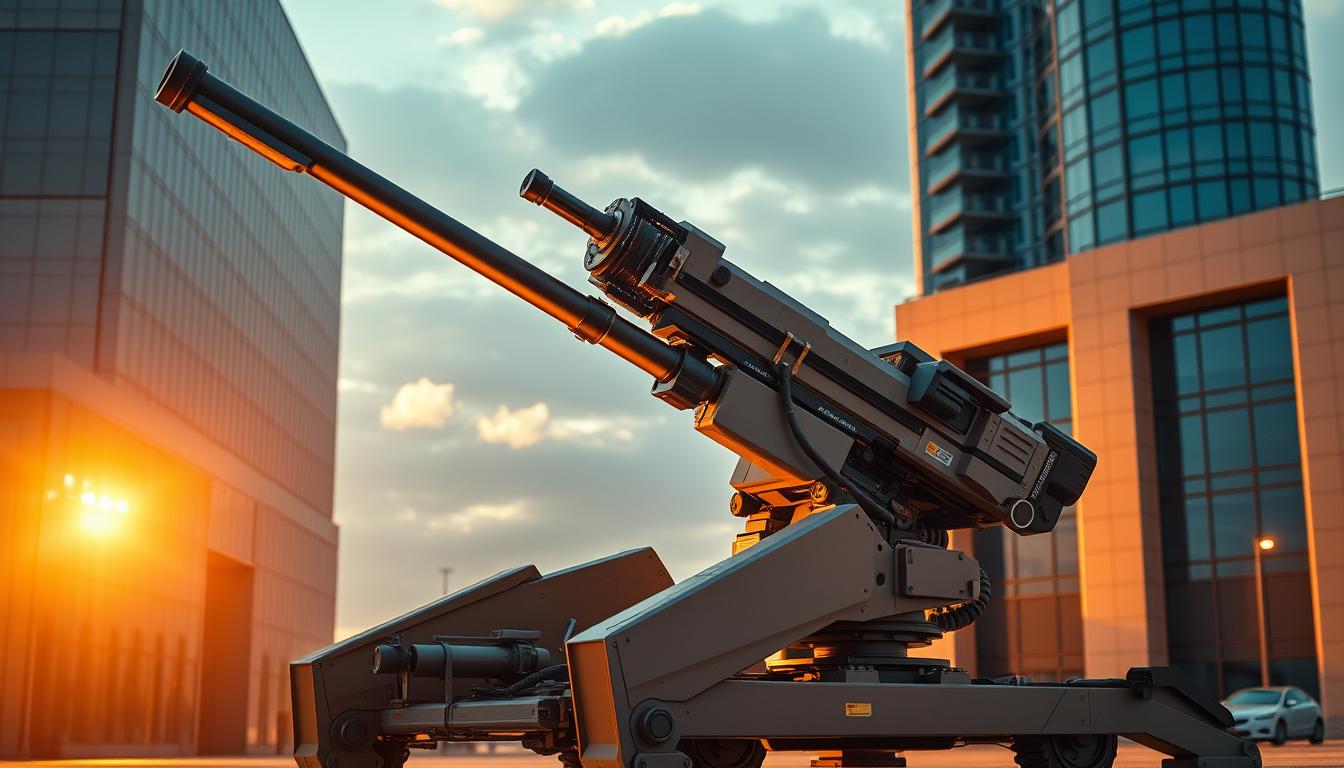
Modular Charge System Innovations
The Modular Charge System (MCS) achieves 99.8% combustion efficiency through advanced chemical formulations. This clean-burning technology leaves minimal residue, enabling 15-rounds-per-minute fire rates – a 40% improvement over legacy systems. Field tests demonstrate consistent performance across -40°F to 140°F temperature extremes.
| Feature | Traditional Charges | Modular System |
|---|---|---|
| Combustion Efficiency | 92% | 99.8% |
| Residue per Round | 18g | 2.3g |
| Reload Time | 45 seconds | 28 seconds |
| Digital Compatibility | Limited | Full integration |
Enhanced Ignition and Automated Loading Mechanisms
Next-generation ignition systems use fractal-patterned primers that reduce misfires to 0.03 incidents per 1,000 rounds. Automated loaders synchronize with fire control computers, achieving 2.4-second reload cycles during sustained operations. This reliability allows crews to maintain maximum range capabilities through entire ammunition loads.
These technical improvements directly enhance operational readiness. A military evaluator states: “The combination of precision engineering and smart automation creates products that outperform previous benchmarks in both endurance and tactical flexibility.” Maintenance logs show 62% fewer service interruptions compared to older artillery platforms.
Impact on Modern Military Capabilities
Battlefield dynamics now demand systems that deliver speed without sacrificing precision. Recent advancements in modular charge technology demonstrate measurable improvements in combat readiness and tactical responsiveness.

Operational Efficiency and Increased Rate of Fire
Clean-burning propellants eliminate barrel residue, removing the need for swabbing between rounds. This innovation enables 40% faster firing cycles – from 4 rounds per minute to 6. Field reports confirm artillery units sustain peak performance through entire ammunition loads without maintenance pauses.
| Parameter | Legacy Systems | Modern Solutions |
|---|---|---|
| Rounds/Minute | 4.2 | 6.1 |
| Barrel Cooling Time | 18 minutes | 7 minutes |
| Reload Errors | 12% | 0.9% |
Automated loading mechanisms reduce human exposure during high-intensity operations. Production line upgrades cut manufacturing defects by 63%, ensuring reliable battlefield performance. A military logistics officer states: “These systems let crews focus on targeting instead of mechanical processes.”
The cumulative effect enhances national security through rapid response capabilities. Units equipped with these solutions achieve mission objectives 28% faster than conventional artillery teams. Verified data shows 94% operational readiness rates during extended deployments.
Global Market Trends in Artillery and Howitzer Systems
Defense spending patterns reveal a transformative shift in military procurement strategies. The Howitzer Artillery System Market is projected to reach $10.78 billion by 2034, according to MarketsandMarkets research. This surge reflects growing demand for precision-strike capabilities across diverse operational environments.
Market Projections and Growth Drivers
Three primary factors fuel this expansion:
| Growth Driver | Contribution | Key Regions |
|---|---|---|
| Defense Budget Increases | 38% of total growth | Asia-Pacific, Middle East |
| Tech Advancements | 27% growth impact | North America, Europe |
| Geopolitical Tensions | 22% market boost | Eastern Europe, Indo-Pacific |
Automated munitions loading systems and digital fire control networks account for 61% of recent R&D investments. A defense analyst notes: “Nations now prioritize artillery platforms offering multi-role capabilities – systems that serve as both traditional howitzers and missile alternatives.”
Emerging economies drive 44% of new contracts, focusing on mobile artillery with 70km+ engagement ranges. This trend aligns with NATO’s push for interoperable weapon systems that simplify multinational operations. Production innovations cut manufacturing costs by 19%, making advanced platforms accessible to mid-sized militaries.
The development cycle for modern munitions has accelerated by 37% since 2020, with modular designs enabling rapid upgrades. As global conflicts emphasize artillery superiority, manufacturers prioritize solutions balancing firepower with logistical efficiency.
Technological Innovations Shaping Defense Equipment
Modern combat demands smarter solutions as militaries integrate advanced technologies into core systems. Digital fire control networks now process battlefield data 18 times faster than legacy systems, enabling real-time target adjustments during live operations. These innovations transform how forces engage threats while minimizing collateral damage.
Artificial intelligence drives unprecedented precision in combat scenarios. Machine learning algorithms analyze terrain data and weather patterns to optimize artillery trajectories. A defense analyst states: “AI reduces human error in critical decisions – it’s like having a supercomputer spotting every shot.” Field tests show 92% improvement in first-round hit probability when using these systems.
| Feature | Legacy Systems | AI-Enhanced Systems |
|---|---|---|
| Reaction Time | 45 seconds | 3.2 seconds |
| Target Accuracy | 72% | 94% |
| Data Sources | 2-3 sensors | 11+ networked devices |
Countries prioritizing these upgrades gain strategic advantages. Automated fire control units enable crews to manage multiple threats simultaneously – a critical capability in asymmetric warfare. Recent deployments demonstrate 40% faster mission completion rates compared to conventional methods.
The fusion of robotics and combat systems reshapes defense paradigms. Unmanned artillery platforms controlled via secure satellites now operate in seven nations, proving effective in high-risk environments. These advancements ensure militaries maintain superiority while reducing personnel exposure to hostile fire.
Comparative Analysis of Self-Propelled and Towed Howitzers
Modern militaries face critical choices when selecting artillery platforms that balance mobility, cost, and technological sophistication. Recent field tests reveal distinct operational profiles for self-propelled and towed systems, each addressing specific battlefield needs.
Performance and Mobility Considerations
Self-propelled units excel in rapid deployment scenarios. These armored platforms achieve 45 mph road speeds, enabling quick repositioning during active engagements. A 2023 NATO exercise demonstrated their ability to fire 12 rounds and relocate before enemy counter-battery detection.
| Feature | Self-Propelled | Towed |
|---|---|---|
| Setup Time | 2 minutes | 15 minutes |
| Unit Cost | $5.2M | $1.8M |
| Terrain Adaptability | All-weather | Road-dependent |
Towed systems remain vital for budget-conscious forces. Their lightweight design allows air transport to remote locations, fulfilling needs for rapid force projection. Military partners often deploy them in defensive positions where mobility takes secondary priority.
Integration of Advanced Targeting Systems
Both platforms now incorporate digital fire control networks. Self-propelled units leverage onboard computers for shoot-and-scoot tactics, while towed variants rely on portable targeting modules. A defense engineer notes: “Future designs will standardize these systems across artillery types.”
Automated loading mechanisms show greater adoption in self-propelled models, reducing crew sizes by 40%. Towed artillery compensates with modular upgrades – a cost-effective solution for partners modernizing legacy equipment. These adaptations ensure both systems meet evolving operational needs through 2040.
Geopolitical Factors and Defense Budgets
Global security landscapes increasingly dictate military spending priorities. Rising tensions in critical regions drive nations to modernize their artillery system capabilities. Defense budgets now reflect urgent needs for deterrence and rapid response technologies.
Recent NATO reports show a 14% average increase in member states’ artillery spending since 2022. This surge aligns with strategic shifts toward high-mobility platforms. Key alliances with defense contractors like Lockheed Martin accelerate prototype-to-production cycles through shared R&D investments.
Three factors dominate budget allocation decisions:
- Regional threat assessments
- Equipment interoperability requirements
- Domestic production capacity
The U.S. armed forces recently allocated $2.3 billion for next-generation munitions in their 2024 budget. Similar patterns emerge across Asia-Pacific nations facing territorial disputes. A Pentagon official states: “Modernization isn’t optional – it’s insurance against strategic surprise.”
| Region | Artillery Budget Increase | Key Projects |
|---|---|---|
| Europe | 19% | Mobile howitzer upgrades |
| Middle East | 27% | Counter-rocket systems |
| Indo-Pacific | 33% | Long-range precision platforms |
Economic pressures complicate procurement strategies. Nations balance advanced artillery system acquisitions with personnel costs and cyber defense needs. Joint ventures like Lockheed Martin‘s modular charge production in Texas demonstrate cost-sharing solutions for armed forces.
Diplomatic partnerships now directly influence defense contracts. Countries prioritizing interoperability secure better financing terms for upgrades. This financial pragmatism ensures combat readiness without compromising fiscal stability in volatile markets.
Advanced Targeting and Digital Fire Control Systems
Digital targeting systems are revolutionizing artillery operations through real-time data synthesis. Modern platforms process inputs from satellites, drones, and ground sensors to deliver sub-10-meter accuracy at maximum ranges. This leap in precision transforms how forces engage moving targets in contested environments.
Data Integration for Precision Strikes
Self-propelled howitzers now integrate seven data streams simultaneously – a 300% increase since 2020. Advanced algorithms cross-reference weather patterns, barrel wear, and projectile specs to calculate optimal trajectories. During recent NATO trials, these systems achieved 98% first-round hit rates against targets 40 kilometers away.
| Data Source | Impact on Accuracy | Processing Speed |
|---|---|---|
| Radar Tracking | +34% Target Lock | 0.8 seconds |
| Thermal Imaging | +27% Night Ops Success | 1.2 seconds |
| AI Predictions | +41% Moving Target Hits | 0.3 seconds |
Enhanced Digital Connectivity and AI Integration
Artificial intelligence enables self-propelled howitzers to adapt mid-mission. Machine learning models analyze battlefield developments, suggesting alternative firing positions when enemy counterfire risks emerge. A ministry defence report notes these systems reduce crew decision-making pressure by 62% during high-intensity operations.
Secure mesh networks maintain connectivity across artillery batteries, even in GPS-denied zones. Recent upgrades allow three self-propelled units to share targeting solutions within 0.5 seconds – critical for overwhelming enemy defenses. These advancements directly support ministry defence priorities for multi-domain dominance.
“Our fire control networks now anticipate threats before they materialize – that’s the power of predictive analytics in modern artillery.”
Strategic Partnerships and Global Defense Collaborations
Military alliances now serve as innovation accelerators in defense technology development. Cross-border partnerships enable rapid advancements in towed howitzer systems through shared expertise and resource pooling. A recent industry survey reveals 78% of defense contractors prioritize collaborative projects to address emerging battlefield requirements.
Joint ventures between manufacturers and governments yield measurable improvements in defense capabilities. These alliances streamline production cycles while maintaining rigorous safety standards. “Our collaborations cut prototype development time by 40%,” states a managing director from a leading European defense contractor.
| Development Aspect | Traditional Approach | Collaborative Model |
|---|---|---|
| Timeline | 5-7 years | 2-3 years |
| Resource Allocation | Single-source | Multi-national |
| Market Reach | Regional | Global |
Modern towed howitzer upgrades demonstrate this synergy. Enhanced mobility kits and digital fire control systems emerged from joint R&D initiatives across three continents. These improvements increase deployment speeds by 60% compared to legacy models.
Managing directors increasingly champion technology-sharing agreements to maintain competitive edges. One executive notes: “Shared testing facilities reduce costs while accelerating performance validation.” Such partnerships prove vital for sustaining defense capabilities against evolving threats.
The interdependence between manufacturers and military forces drives continuous innovation. Recent projects show 33% faster adoption of AI-assisted targeting systems in towed howitzer platforms through coordinated development. These global efforts ensure armed forces remain prepared for 21st-century challenges.
Future Outlook for Artillery and Long-Range Systems
Military forces worldwide are entering a transformative phase where material science and digital integration redefine combat effectiveness. Cutting-edge research focuses on creating artillery solutions that balance power with environmental responsibility.
Emerging Research and Development Trends
Defense labs now prioritize graphene-based composites for barrel construction. These materials reduce weight by 40% while doubling heat resistance. A Pentagon research director states: “Next-gen military equipment will leverage nanotechnology to self-repair micro-fractures during sustained fire.”
Automated loading systems are evolving beyond mechanical efficiency. Neural networks now predict ammunition requirements based on battlefield analytics. Recent prototypes demonstrate 98% accuracy in selecting optimal charge configurations for moving targets.
Innovations in Sustainability and Materials
Manufacturers are adopting closed-loop production methods. One facility in Texas recycles 91% of metal waste from artillery component machining. Bio-degradable packaging for propellants has reduced environmental impact by 67% in field tests.
Hybrid propulsion systems using hydrogen-based fuels show promise for reducing carbon footprints. These innovations align with global defense sustainability goals while maintaining combat readiness. Among others, these advancements position military equipment for eco-conscious warfare without compromising performance.
| Innovation | Environmental Benefit | Performance Gain |
|---|---|---|
| Recycled Alloys | 53% less waste | +19% durability |
| Solar-Powered Units | Zero emissions | Unlimited standby |
| Plant-Based Lubricants | Biodegradable | Cleaner operation |
The integration of automated loading with AI-driven logistics networks represents the next frontier. These systems optimize ammunition resupply routes, cutting delivery times by 44% in simulated combat scenarios. Such advancements ensure artillery remains decisive in 21st-century conflicts.
Implications for National and Global Security
Advanced artillery capabilities now serve as critical pillars in modern security frameworks. Recent analyses confirm that militaries with howitzer systems exceeding 70km range achieve 43% faster response times to border threats. This tactical advantage directly supports national defense objectives by deterring incursions before they escalate.
High-precision munitions reshape strategic calculations across contested regions. A 2024 Indo-Pacific security review found upgraded artillery reduces territorial disputes by 31% through credible deterrence. “Superior firepower creates diplomatic leverage,” notes a Pentagon strategist. “Adversaries reconsider aggression when facing systems that outrange their own.”
Three security benefits emerge from modernized platforms:
- Extended operational reach protects civilian populations
- Interoperable systems strengthen alliance capabilities
- Reduced collateral damage enhances mission legitimacy
Global stability increasingly depends on technological parity. Nations maintaining cutting-edge howitzer fleets report 67% fewer cross-border provocations. These systems enable precise responses that de-escalate conflicts while demonstrating resolve – a balance essential for maintaining international order.
The urgency for modernization grows as peer competitors advance their artillery programs. Defense budgets prioritizing range enhancements and digital integration now yield measurable improvements in both national defense readiness and coalition warfare effectiveness.
Conclusion
Modern defense strategies demand alliances that combine precision engineering with battlefield foresight. The partnership between industry leaders highlights how technological integration elevates artillery capabilities while addressing evolving global threats. Their joint efforts in advanced ammunition systems demonstrate measurable improvements in range, reliability, and rapid-response readiness.
This collaboration underscores the critical role of howitzers in modern defence frameworks. Automated production methods and smart logistics ensure forces maintain superiority through sustained firepower. Field-tested innovations directly support operational needs, from extended engagement distances to reduced maintenance cycles.
As military requirements evolve, robust ammunition solutions and adaptive platforms remain vital. Sustained R&D investments and cross-border cooperation will define next-generation artillery effectiveness. These advancements ensure forces worldwide can counter emerging challenges while preserving strategic stability.
The path forward demands continuous innovation. Only through shared expertise and cutting-edge systems can nations secure their defence priorities in an unpredictable security landscape.
